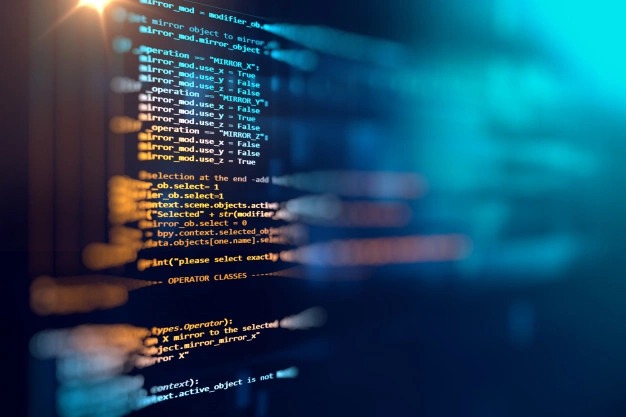Computer languages
There are many computer languages, but only a few of them are widely used. They are used for conveying a set of multiple instructions for a digital computer.
There are mainly three basic languages:
1. Machine language
A computer’s idiosyncratic data storage features and operation need to be managed entirely by a programmer when machine language is used. It is a low-level language.
Machine language is difficult to read and write. It does not resemble conventional mathematical notation or human language. Its codes vary from computer to computer. The codes are strings of 0s and 1s or binary digits (bits). These bits are frequently converted from and to hexadecimal (base 16) for human viewing and modification. Machine language instructions typically use some bits to represent operations such as addition and others to represent operands or the next instruction location.

2. Assembly language
One level above the machine language is assembly language. It allows a programmer to introduce names for blocks of memory that hold data. It uses short mnemonic codes for instructions. It looks like this – “0110101100101000”, and is called binary code.
Assembly language is designed in such a way that it can be easily translated into machine language. Assembly language does not provide a more sophisticated means of organizing complex information, even though blocks of data may be referred to by name instead of by their machine addresses. Assembly language, just like machine language, requires detailed knowledge of internal computer architecture. When a computer needs to interact with peripheral devices such as printers, scanners, storage devices, etc., assembly language is useful for programming.

3. Higher-level language
High-level languages provide a notation that is more easily written and read by programmers. They shield a programmer from worrying about a computer’s idiosyncratic features of data storage and operation.
Following are two of the most popular computer programming languages:
C++:
Bjarne Stroustrup developed the language C++ at AT&T in the mid-1980s. It is very close to low-level languages and is considered one of the fastest computer languages.
It extended C by adding objects to it while preserving the efficiency of C programs.
For both education and industrial programming, it is one of the most important computer languages. C++ was used to write down large parts of many operating systems.
Commercial software packages that incorporate multiple interrelated applications use C++ just as they use Java. It allows complete control over memory allocation and management. It is considered one of the most challenging languages to learn and handle on a large scale, mainly because of its excellent capabilities.
Java:
Java was designed by Sun Microsystems, Inc., as a programming language for the World Wide Web (WWW) in the early 1990s. It was an object-oriented computer programming language. It resembles C++ in appearance but has many differences. Its capability is neither desirable nor useful in programming for distributed systems.
A Java Virtual Machine specifically translates Java programs to each computer platform, which then executes the Java program. After this, Java programs become portable. Java is widely used for programming small and portable devices, such as mobile telephones. It adds interactive capabilities to the Internet through Web “applets,”
Java is dispensed with lower-level features, including the ability to manipulate data addresses.

Where can one learn these computer languages from? Suppose one is unable to attend any physical classroom training in-person to learn these languages. Is one supposed to give up on one’s dream of learning these interesting programming languages? Of course, not! One can still learn them from any premise or location of one’s choice. ‘Online learning classes’ is the solution to this question. Audio-visual online learning sessions allow a student and a trainer or instructor to interact face-to-face (onscreen) just as in a personal (in person) meeting or learning process. The student can ask questions, get the doubts cleared, and perform the functions as per the trainer’s live instructions, gradually attaining perfection in each of the tasks assigned or in each of the programs taught to excel at these languages.


